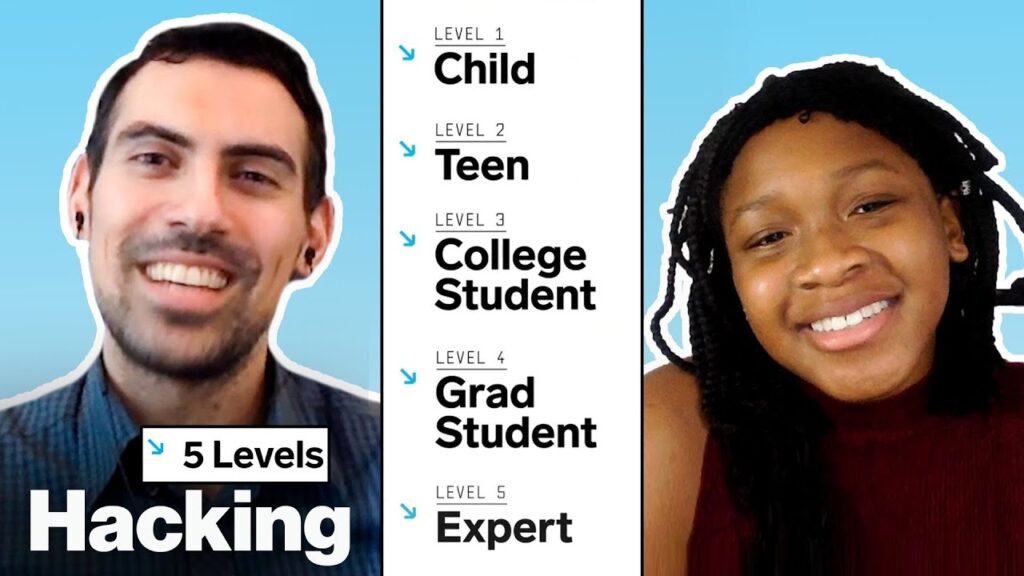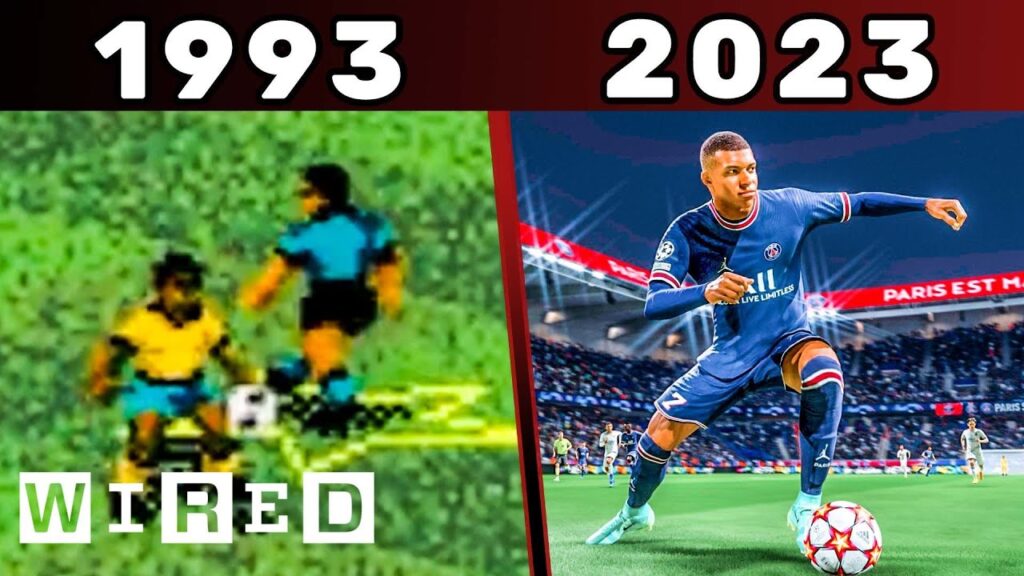The Science Behind Visual Illusions: How Our Brain Can Be Easily Fooled
Summary
In this article, we explore the fascinating world of visual illusions and how they can trick the human brain’s perception. We discuss a contraption built by the author and their producer that uses water, a speaker, rubber tubing, and a stand to create an illusion of water spraying in a specific way. With the help of neuroscientist David Eagleman, we understand the science behind this illusion and how it works. We also discuss the wagon wheel illusion and a levitating water illusion that demonstrate how easily our brain can be fooled by visual cues.
Table of Contents
- How the Water Illusion Works
- The Wagon Wheel Illusion
- The Levitating Water Illusion
- Conclusion
How the Water Illusion Works
The author and their producer built a contraption that uses a speaker, rubber tubing, a stand, and a water source to create an illusion of water spraying in a specific way. They consulted with neuroscientist David Eagleman to understand the science behind the illusion. The contraption works by vibrating water at a specific frequency, causing it to appear as if it’s spraying everywhere. By adjusting the camera’s frame rate, one can see the water moving in a different direction than it actually is, due to the brain’s interpretation of rapid succession of images.
The illusion occurs because the brain processes visual information in a specific way. It interprets the world around us based on past experiences and expectations, which can lead to misinterpretations of visual cues. In the case of the water illusion, the brain interprets the rapid succession of images as the water moving in a different direction than it actually is.
The Wagon Wheel Illusion
The speaker discusses the wagon wheel illusion, which occurs when the frame rate of a camera captures an image of a wheel’s rotation at the same rate. If the frame rate is slightly out of sync, the spokes appear to move backward or forward. The illusion is caused by the brain interpreting the shortest shift in the image as the direction of rotation. The illusion can also be produced using a strobe light to illuminate the wheel’s rotation.
The wagon wheel illusion is another example of how the brain can be easily tricked by visual cues. The brain processes visual information in a specific way, and illusions like this one demonstrate how our perception can be easily manipulated.
The Levitating Water Illusion
The speaker also mentions a levitating water illusion that uses a pump to create the effect. The pump creates a stream of water that appears to defy gravity and flow upwards. The illusion is caused by the brain’s interpretation of visual cues, as it expects water to flow downwards due to gravity. By manipulating the visual cues, the brain is tricked into perceiving the water as flowing upwards.
The levitating water illusion is yet another example of how easily the brain can be tricked by visual cues. It demonstrates how our perception can be easily manipulated, and how illusions can be used to create fascinating visual effects.
Conclusion
In conclusion, visual illusions are a fascinating area of study that demonstrate how easily the brain can be tricked by visual cues. The water illusion, wagon wheel illusion, and levitating water illusion are just a few examples of how our perception can be easily manipulated. By understanding the science behind these illusions, we can gain a better understanding of how our brain processes visual information and how we can use this knowledge to create fascinating visual effects.







